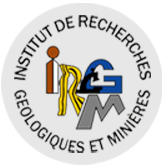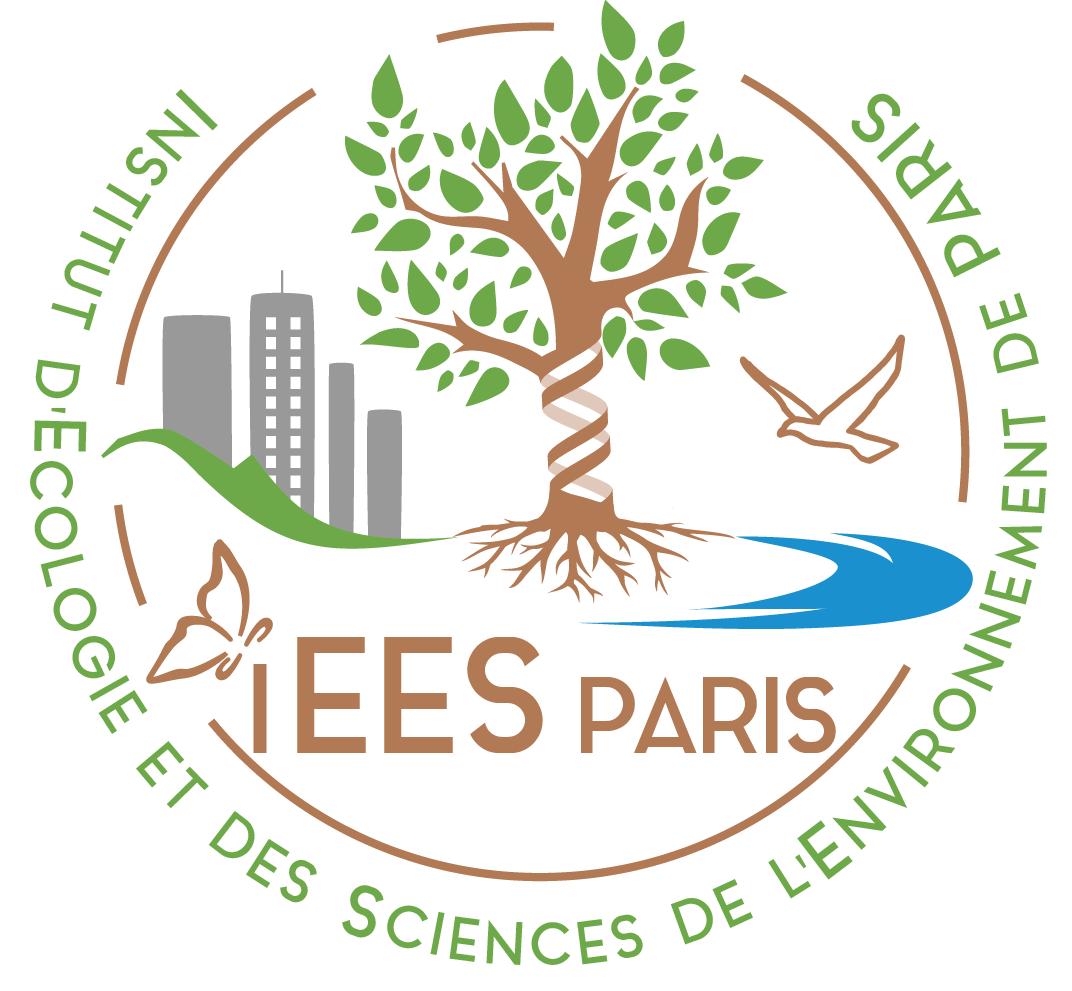Discovery of a new open-air Hoabinhian site in Luang Prabang province (Lao PDR). Dating and technological study of the lithic assemblage
The Hoabinhian is a distinctive lithic techno-complex of mainland and Island Southeast Asia. Knowledge of its relationships with key patterns of technological change at a global scale has progressed over the last two decades. However, our understanding of the Hoabinhian as an indicator of evolution during Prehistory can be substantially enhanced by examiningits regional and chronological variability. This paper published in the Comptes Rendus Palevol, with Alain Pierret (IRD) and Keo Oudone Latsachack (IRD) from the M-TROPICS/MSEC CZO, presents the characteristics of original Hoabinhian artefacts found in a new open-air site in Houay Pano catchment (Luang Prabang province, Laos). This technological study of such a classic assemblage, including sumatraliths dated to 5.5±0.6 ka, is a major contribution to Laotian prehistory and our understanding of the tempo-spatial variability of the Hoabinhian techno-complex.

















